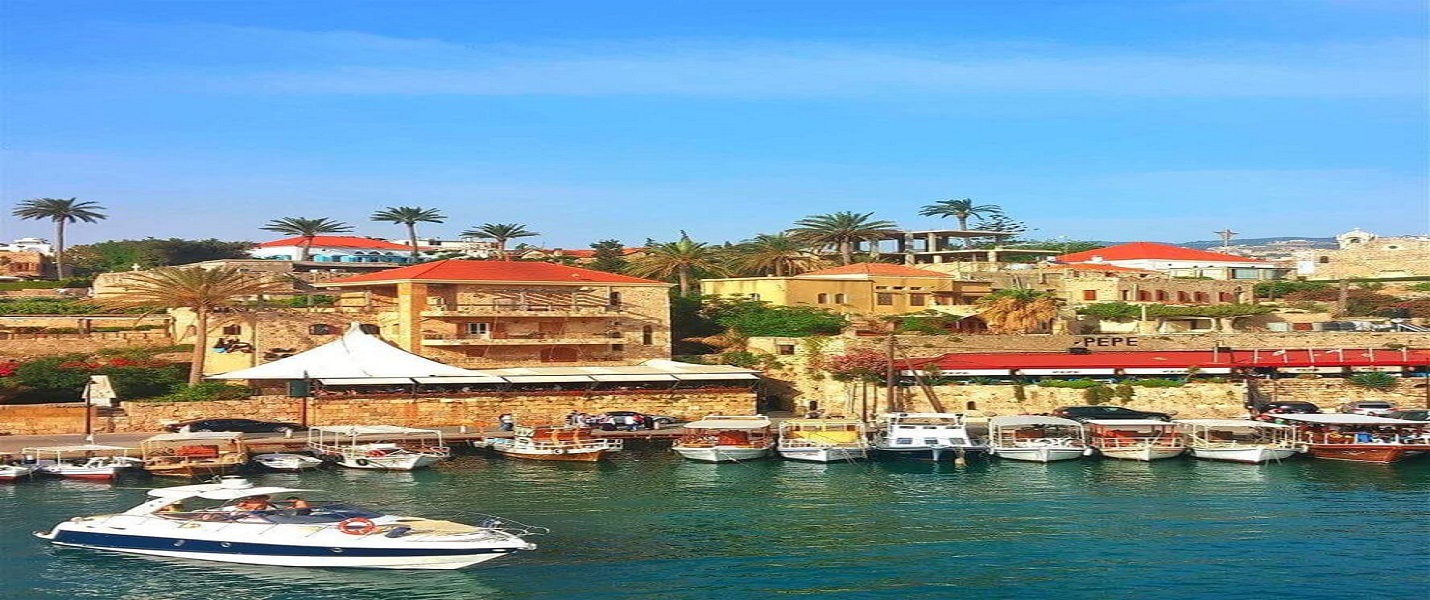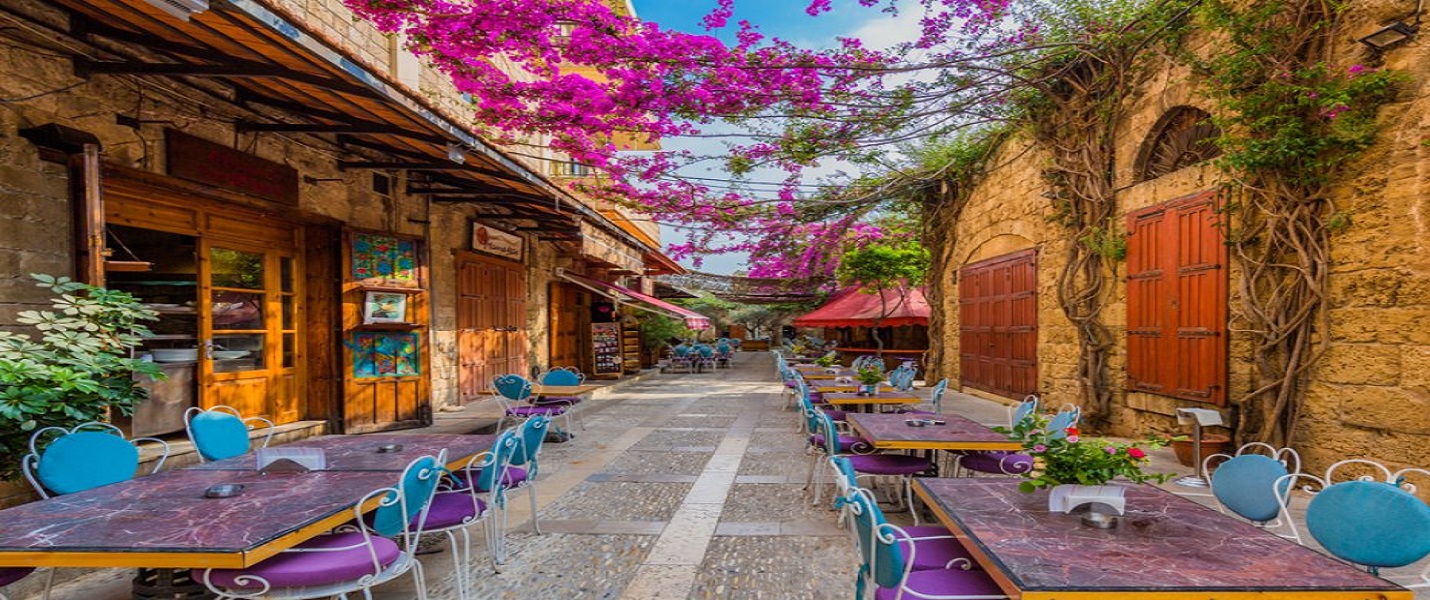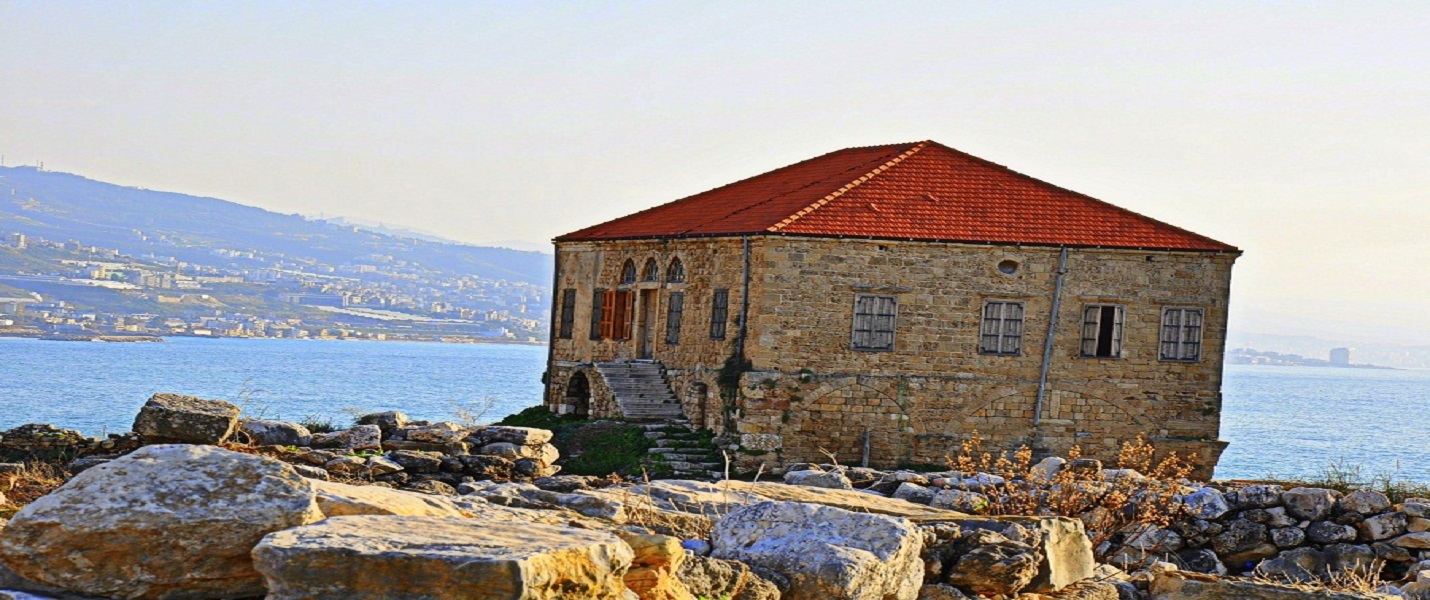- Have any questions?
Jbeil Overview
Byblos is said to be the oldest inhabited city in the world, the source of the first Phoenician letters that gave us our alphabet. Byblos was the major seaport of the East Mediterranean during the 3rd millenium BC.
The name originated from 'biblion', that is book. The word 'bible' is derived from the Greek 'ta b blia', which means 'the books'. Byblos is the oldest continuously inhabited city in the world. According to Phoenician tradition, Byblos was founded by the god El who surrounded his city with a wall. The massive Early Bronze Age city walls (2800 B.C.) on the site reflect this early religious belief. Thus Byblos was considered, even by the abcient Phoenicians, to be a city of great antiquity.
Yet Byblos was inhabited even earlier. About 7000 years ago a small fishing community settled there. Several monocellular huts with crushed limestone floors can be seen today on the site.
Long before Greece and Rome, this ancient town was a powerful, independent city-state with its own kings, culture and flourishing trade. The kings of Byblos used hieroglyphics and adopted the Eguptian cartouche for their names and titles. Thus an alphabetic phonetic script was developed at Byblos, the precursor of our modern alphabet. The inscription on the sarcophagus of King Ahiram of Byblos (in the period 1200-1000 B.C.), presently in Beirut National Museum, is the earliest form of the Phoenician alphabet yet discovered.
One of the earliest attempts at city planning was conceived in Byblos. The city was surrounded by a massive wall, a narrow winding street led from the center, secondary lanes branched off taking irregular paths among the houses. In 2800 B.C. a large temple was built to Baalat Gebal, the 'Lady of Byblos', the city goddess. Another temple was erected in 2700 B.C. to a male god, called the 'Temple en L', this large construction faces that of Baalat Gebal.
During the Roman period large temples and civic buildings were built, a street colonnade surrounded the city. There are few remains of the Byzantine and Arab period. Byblos fell to the Crusaders in A.D. 1108. They came upon the large stones and granite columns of the Roman temples and public buildings and used them to build their castle and moat.
Excavations over the past fifty years have made Byblos one of the unique archeological sites in the world with a history that spans seven thousand years
The four main places of interest to visit in Byblos are the Castle, built by the Crusaders in the 12th and 13th centuries: the Egyptian temples, the earliest of which dates back to the 4th millenium: the Phoenician royal necropolis, and the Roman amphitheater.
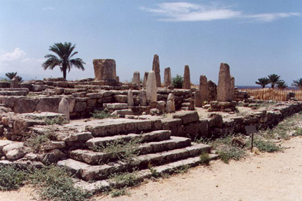 |
The ruins include the perimeter walls, the Temple of Baalat-Gebal (the goddess of the city), the Temple of the Obelisks and the royal tombs. There are also ruins dating from Roman times and the crusader castle and church. After 1200 BC, the Greeks named us "Phoenicia" in reference of coastal area. They gave the city its "Byblos" name ("papyrus" in Greek) after its importance in the papyrus trade. |
7.000 years ago, a small Neolithic fishing community settled along the store. Tools and weapons of this stone age period have been found in the site.
About 3.000 BC, Canaanean Byblos had been considered as the most important center on the Eastern Mediterranean and had had very close ties with Egypt. Around 1.200 BC, the transcribers of Byblos developed an alphabetic phonetic script, the precedent of our modern alphabet.
The city
was considered a strategic emplacement in the Eastern Mediterranean by
Assyrian, Babylonian and Persian who occupied it throughout the first
millenium BC.
Byblos became Hellenic after Alexander the Great?s conquest and Greek was used
as the language of the local intelligentsia. Residents of the city adopted
Greek customs and culture, carried through the Roman era.
Unlike the Romans who built large temples, baths and public buildings, the
Byzantine (396-637 AD) ant the Arabs (637 AD) remains are scarce but the city
was generally peaceful in this period.
In 1104, Byblos fell to the Crusaders who came upon the Roman buildings. Under the Mamluk and Ottoman rule, the city became a small fishing town and its antique relics were gradually covered with dust.
Dating from the 3rd, 2nd and 1st millenium, the remains of a City Gate, the Primitive Wall and the foundations of the L-Shaped Temple are among the oldest fortifications on the site.
Traces of
fire from the Amorite invasion are still visible on these monuments.
Many of Byblos treasures are now found in the National Museum of Beirut, among
them are the human figurines of bronze covered with gold leaf from the temple
of the Obelisks, originally built on the top of L-Shaped Temple, or a mosaic
from the reconstructed Roman Theater, built in 218.
The site of Byblos retains also 9 Royal Tombs. The most important is that of
King Ahiram, whose sarcophagus is one of the masterpieces found in the National
Museum.
The ancient site was rediscovered in 1860 by the French writer and savant Ernest
Renan. The home of Renan can still be found in Amchit, north of Byblos, where he
lived in the 19th century.
Byblos, 37 km north of Beirut, is a prosperous town today and is well prepared
to welcome tourists with its hotels, beach resorts, restaurants and souvenir
shops.
Lebanese Famous Cities
-
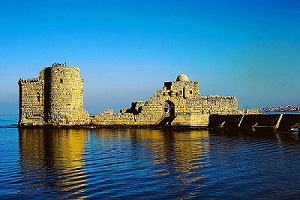
Saidon
Saidon, a Phoenician city, one of the oldest cities in Lebanon... -

Beirut
Beirut is a very modern and famous residential area... -
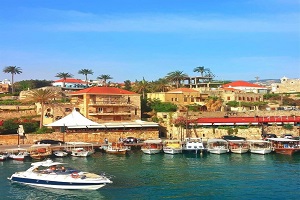
Jbeil
Jbeil is one of the oldest cities in the world... -
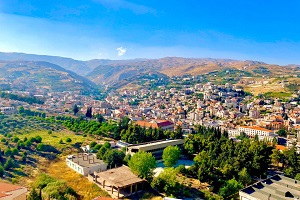
Zahlee
Zahle, "Bride of the Beqaa", is the capital of the Beqaa Governorate. The largest Catholic city in the middle east... -
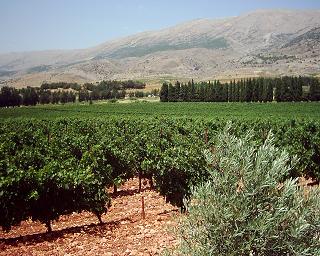
Lebanon Wine
Lebanon Wine... a 5,000 year winemaking history -
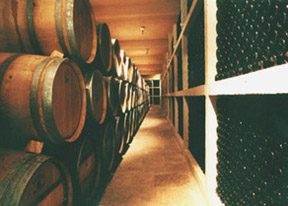
Akbia
Akbia, Liban est un des tout premiers producteurs historique de vin de l'histoire. -
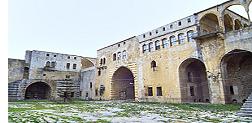
Hasbayya
Hasbayya... an attractive town full of history -

Berdawni
One of the main tributaries of the Litani river, the Berdawni is one of the symbols and the most prized natural feature of the city of Zahle. -
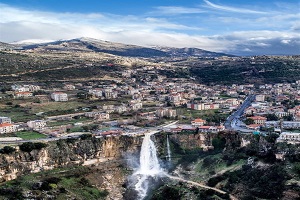
Jizzine
Jezine is the most famous summer and touristic resort of South Lebanon... -
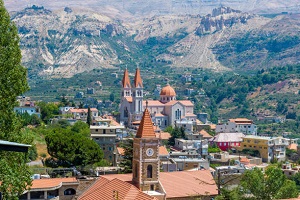
Bsharre
Bsharre is the town of the preserved Cedars of God, and is the birthplace of the famous poet, painter and sculptor Khalil Gibran -

Qadisha
Qadisha, one of the deepest and most beautiful valleys in Lebanon... -
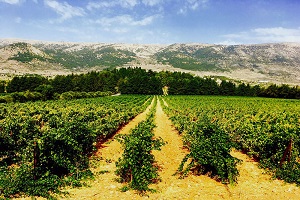
Kefraya
Kefraya, Located in the West Bekaa Valley, producer of red and white wines and arak. -

Trablus
Trablus is the largest and most important city Northern Lebanon, where its history dates back at least to the 14th century BC. -
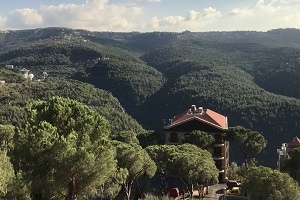
Broumana
Broummana has long been a summer destination for visitors and locals. It is also the green lung of the region, with many pine trees lining its streets. -

Lebanon Home Page
Lebanon Home Page, the most famous portal about Lebanon. -
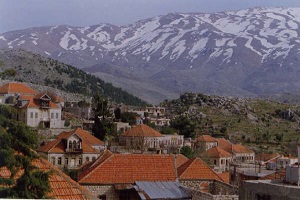
Rashaya
Rashaya al Foukhar, or Rashaya al Wadi, well known by the Citadel of Independence. -

Ain Zhalta
Ain Zhalta, and Barouk National reserve, the biggest natural reserve in Lebanon & the middle east.. -

Lebanon Tourist
Lebanon Tourism Portal. -

Lebanon Hunt
Lebanon Hunt Portal. -

Lebanon Developer
Lebanon Developer Portal. -

Naqoura
Naqoura. -
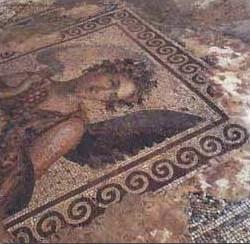
Eshmoun
The temple of Eshmoun, an ancient place of worship dedicated to Eshmoun, the phoenician god of healing. -
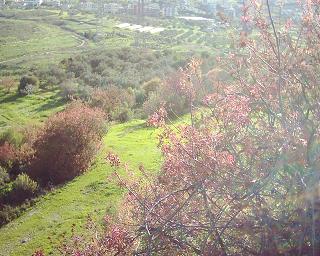
Mieh w Mieh
Mieh W Mieh. -
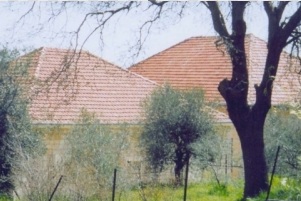
Marjayoun
Marjayoun, the beautifull city of the south. -
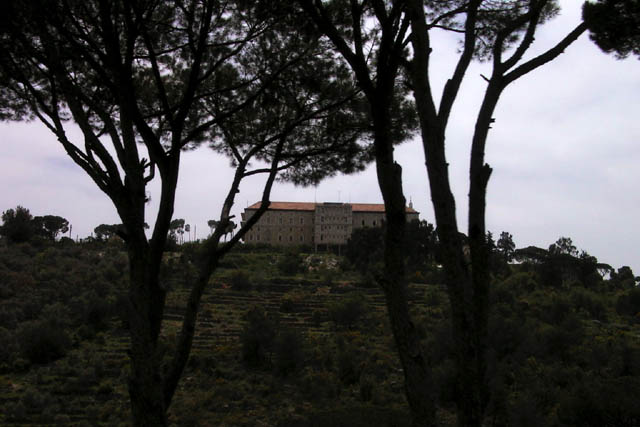
Kfarfalous
Kfarfalous. -
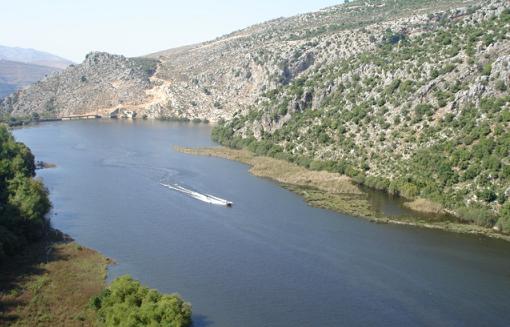
Voyage Liban
Voyage Liban. -

Lebanon Insurance
Lebanon Insurance. -

Deir Al Qamar
Deir Al Qamar, a testament to a glorious Lebanese past. -
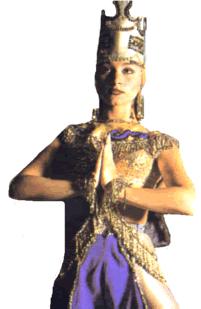
Old Zouk
Old Zouk, a nice old souk's area to visit. -
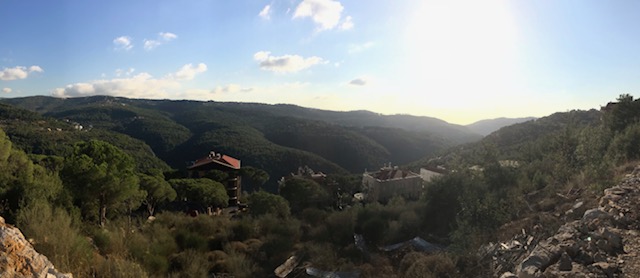
Broumana
Broumana, ideal for summer destination. -

Lebanon Insurance
Lebanon Insurance. -

LebDev
Lebanon Developers.

